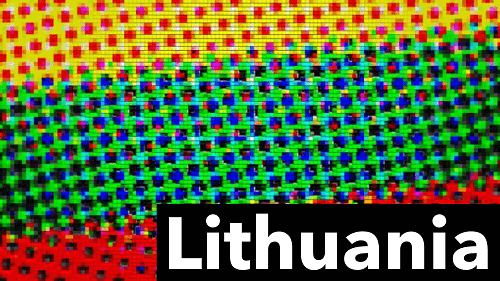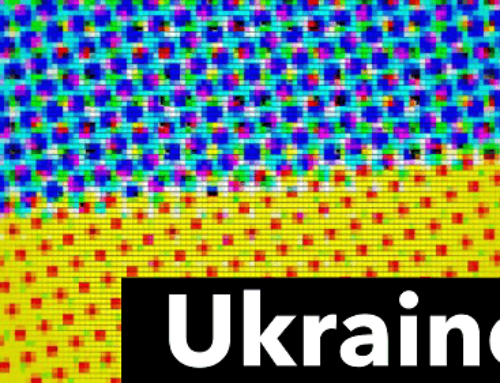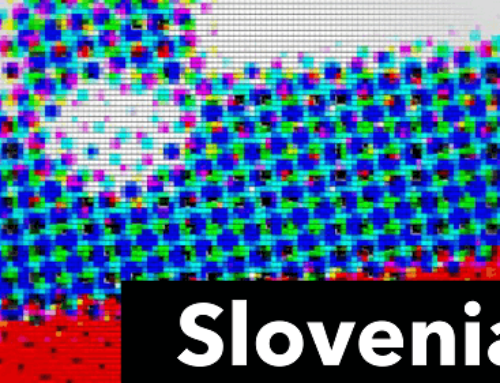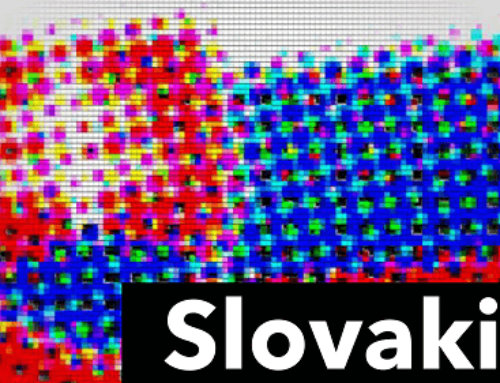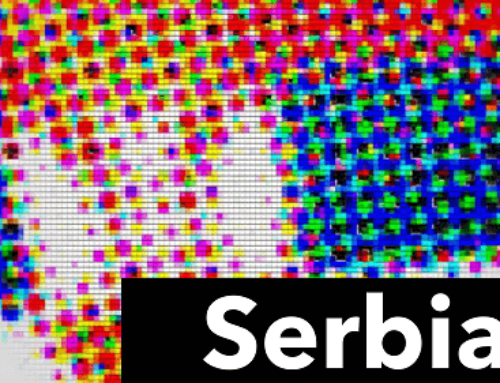As the southernmost Baltic state, Lithuania is situated on the border to Poland, Belarus and Latvia and has a population of around three million people. It has existed as a semi-presidential democracy since the 1990s. The following brief report provides an insight into the political system and its economic developments.
History of Lithuania since World War I
As early as 1919, all government and administrative institutions in the country were trained to the point where local self-government could begin. However, the state was not recognized as such by the Soviet Union – despite the help of a peace treaty that was supposed to make this possible. In 1940, the country was again under complete Soviet occupation, which was to last into the 1980s. At that time – as in large parts of the Soviet Union – independence movements awoke, which were initially crushed with an armed march and economic sanctions. In 1991, when the pressure became too big, the Soviet leadership finally recognized Lithuania’s independence. The first constitution followed in 1992, which laid down a detailed catalog of fundamental rights and a strict separation of powers in the country. [1]
The political system
The President of Lithuania acts as the head of state and is elected by the people. It sets the guidelines for foreign policy and can dissolve the Parliament under certain conditions set by the Constitution. His term of office is five years. Due to the special position of the president and his diverse functions, Lithuania is often referred to as a parliamentary democracy with presidential elements or as a semi-presidential democracy. Gitanas Nauseda has been in office as President since 2019. The Parliament (“Seimas”) consists of 141 deputies and has a four-year legislature. In addition to monitoring the government (distrust of ministers or the cabinet), the tasks also include advising and passing resolutions on constitutional amendments or laws. It can also demand new presidential elections or remove the current president with 3/5 of the votes in Parliament. The peculiarity of the Lithuanian parliament is the mixed electoral system: 70 of the seats are allocated via the lists of candidates of the parties; 71 on direct election of the candidates in the constituencies. The party TS-LKD – also known as the Fatherland League – currently has the most seats. In addition, the social democrats, the liberal movement and the “Order of Justice” are important parties. The Prime Minister is appointed by the President with the approval of the Parliament and performs key government functions. Ingrida Šimonyte from the Fatherland League currently holds this office and governs with 14 ministers of the respective departments. [2]
Economy & international relations
Since its independence, the country has experienced relatively constant economic growth. The focus lies on telecommunications and trade, with Russia continuing to be the most important foreign trade partner. However, Lithuania is struggling with its dependency on the energy supply, as there is little or no independence. The (youth) unemployment rate is falling from year to year and is currently around 7%.[3]
As early as 1995, Lithuania applied for EU membership, which finally took place in 2004. It also joined NATO in the same year. In 2015, the Euro was introduced as the official currency. In addition to these two organizations, Lithuania is also a member of the OSCE, the WTO, the UN and the Council of Europe. [4]

